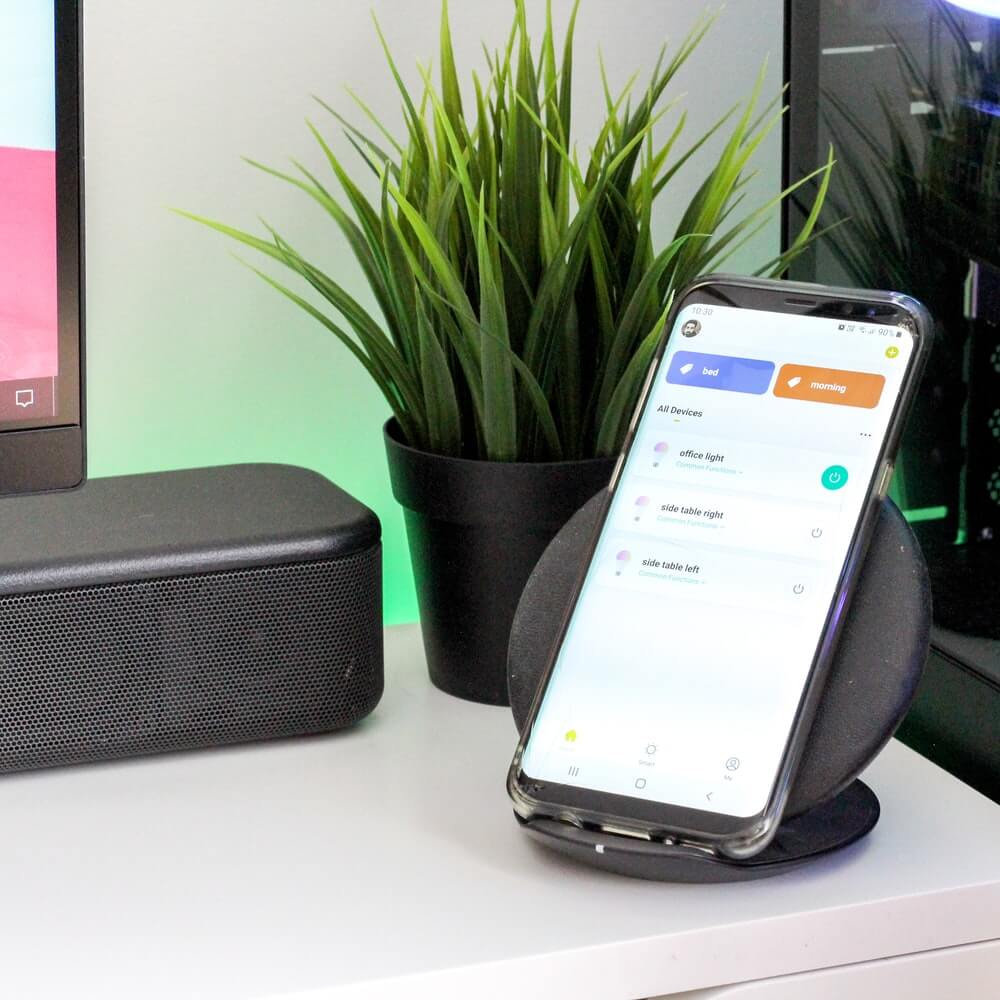
Currently, iOS app developers are forced to struggle not only with well-funded giants in the mobile technology world, but also with new competitors entering the scene, as the application store grows faster. When the best version of your application gains popularity, your version of the application will most likely remain idle, especially when the scary message “Memory is almost full” appears. For iPhone development to be successful and precious resources not to be wasted, you need to prioritize. So, what is more important: design or functionality?
Users of computers, tablets, and smartphones are usually determined and loyal. For several years we have seen the same leading brands competing directly, but modern buyers have already chosen who to give preference to. Try to sell to a person who has been using an iPhone, a smartphone on Android (or vice versa) for a long time, and you will find yourself involved in endless debates about the characteristics, user interface, individual settings, battery life, security, color of pop-up windows with messages.
When it comes to applications, the market is endless, and users are much less lenient, especially when you can install for free and remove is simple.
Influenced by professional designers, the application industry is now available to everyone. Anyone who has a computer and has a little time at their disposal can easily do application development with the help of do-it-yourself software generation tools, like BiznessApps. It turns out, with such a high degree of market saturation, the question arises, how can I get users to download and leave the application installed for a long time, especially when it is much more difficult to gain trust?
Functionality is important
When a new user launches the application, he immediately makes an opinion about him:
Is it easy to use?
Does he look attractive?
Does it have all the features that I need?
The average user does not want to spend more than 10 minutes understanding how the application works and whether there are problems with uninstalling the program. This fact plays an important role in determining the usability and in retaining the user. Recent TechCrunch studies have shown that average users spend 85% of their time using smartphones on embedded applications, and 84% spend just 5 on applications. Each user will have these five favorite applications, and this is natural because there is a huge list of categories of applications for social media, games, and instant messengers.
Mobile applications can advance beyond the competition by producing a single product, and do it well. Consider e-commerce.
Because mobile sites make shopping easier, mobile apps need an even simpler way to shop to be more attractive to the average user. This means that you need to reduce the number of clicks to reach the payment page, store account information, and in general, leave a good impression.
When a user installs a shopping app, he is probably looking for the right offers and an improved shopping process. Applications need to follow these points to stay on the main screen.
Mobile app design
 Communities of designers and mobile experts prefer mobile development for completely different reasons. Many fans of such activities more like the ability of the application to use existing features, improving them or applying them in a new way. For example, camera apps that optimize flash and image sizes are at the top of the list of the most popular designs. Gaming applications are also still popular on this list, but mainly due to innovative design and graphics. And although today the majority of users tend to neglect design in favor of functional content, the nuances of design are still too important.
Communities of designers and mobile experts prefer mobile development for completely different reasons. Many fans of such activities more like the ability of the application to use existing features, improving them or applying them in a new way. For example, camera apps that optimize flash and image sizes are at the top of the list of the most popular designs. Gaming applications are also still popular on this list, but mainly due to innovative design and graphics. And although today the majority of users tend to neglect design in favor of functional content, the nuances of design are still too important.
Remember, we first mentioned pop-up message boxes? It may seem silly that the background color of the text message was worth the reaction (and emotional), but it’s impossible to tell you how many iPhone users expressed a real aversion to the green clouds that appear when they correspond with users of a non-iOS system. By default, the message cloud is blue if you are exchanging messages with another user of the iOS system. A little brilliant trick from Apple, which glorifies itself. Such a psychological reaction shows that design has the power of long-term influence. The user can be tightened and held at the initial stage by application functions, but the design can overshadow them, since the advantages of the user interface are gradually improving and you can no longer imagine switching to something new.
What does your application mean for you?
Average users want continuous satisfaction and answers to their specific requirements, but the workmanship and visual innovation have more subtle possibilities for user retention.
If you have a limited budget or you are very busy, your main priority during development for iOS or Android should be improving functionality. Give users a reason to download and a reason to return, and you will leave a larger mark than with the face-lift application.
But if you can give more energy to your application, don’t ignore the fact that potential small design changes should radically improve the user experience.
With three million users still growing, there is something for everyone, but it will be difficult to get a first good impression.





